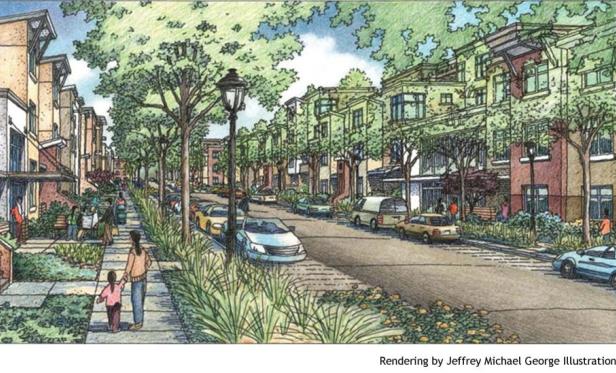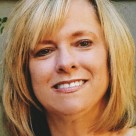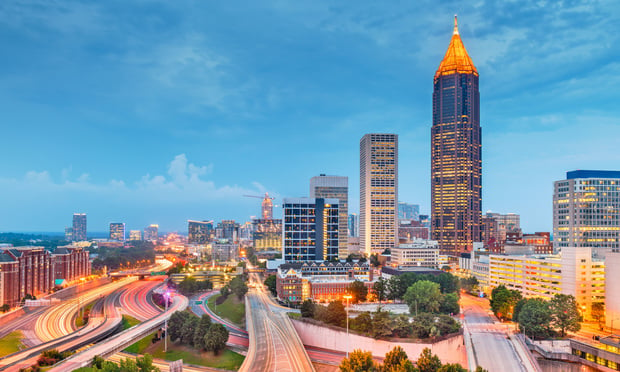
SAN FRANCISCO—The city's largest public housing site, Sunnydale-Velasco, sits in the Visitacion Valley neighborhood at the foot of McLaren Park, San Francisco's second largest park. The 50-acre site is home to more than 1,700 ethnically diverse people.
Sunnydale has all the components of a classic San Francisco neighborhood. However, due to changes in the economy and available resources, many families are struggling to make ends meet.
However, the chronically underserviced and isolated Sunnydale neighborhood is on the cusp of a long-awaited rejuvenation following a San Francisco board of supervisors' vote. The recent approval authorizes the phased redevelopment of the Sunnydale public housing site consisting of the existing 778 public housing units. These units will be replaced in phases, with up to 1,700 units of mixed-income housing, ranging from very low to market rate.
Sunnydale is part of the HOPE SF Neighborhood Transformation Initiative, San Francisco's largest anti-poverty collaborative effort in decades. The redevelopment effort is a public-private partnership between residents, the city and county of San Francisco, the San Francisco Housing Authority, the Mayor's Office of Housing and Community Development, and developers, Mercy Housing California and The Related Companies of California. Related and Mercy Housing are one of a series of public/private teams utilizing specialized development expertise to transform public housing.
Mercy and Related organized a community planning process to develop the master plan for the new mixed income development at the Sunnydale site, GlobeSt.com learns. Held at Sunnydale and in the wider community, the planning meetings were conducted in four languages and included all residents.
Key priorities were discussed at 17 community planning meetings over the span of almost two years. Those needs included a safe environment for all residents; support for residents through quality programs, facilities, parks and neighborhood retail; an end to social and physical isolation from the rest of the neighborhood and city; and green streets, open spaces and edible landscaping for a healthy community.
The master plan outlines the physical ways in which Sunnydale will be developed, addressing the key themes expressed by the community. The plan consists of 785 units of replacement housing, plus another 1,000 units of tax-credit affordable and market-rate units that are integrated in new residential buildings throughout the site.
Residents will also receive a new recreational and educational center, new parks, a community garden, farmer's market, neighborhood-serving retail and other community services. New streets will be pedestrian oriented, lined with edible landscaping and include rainwater retention bioswales, GlobeSt.com learns. Construction at Sunnydale is expected to begin later in 2017 and includes the development of new roads, sidewalks, transit connections and utilities in what will be an extension of the regular street grid to ensure a seamless connection between the new communities and the surroundings.
“It's gratifying to be part of the team that is working with the residents of Sunnydale to transform their community,” said Related California CEO William Witte. “This development continues our longstanding commitment to mixed-income housing and the comprehensive master planning process will ensure the creation of a true neighborhood, with services and amenities for all.”
Concurrent with the master planning process, the Mercy/Related/HOPE SF community building team conducted interviews of community-based organizations in the neighborhood and door-to-door interviews of residents to learn the types of programs, services and activities that would best meet the needs of the community.
The HOPE SF initiative also includes a similar development in southern Potrero Hill. HOPE SF is working with residents to make sure that the initiative is more than bricks and mortar but an opportunity for residents to improve their lives.
Sunnydale is served by buses and the T light rail line, with direct connection to downtown San Francisco.
As previously reported, the housing shortage in California continues just as demand is rising from potential buyers who are finally ready to enter the market.

SAN FRANCISCO—The city's largest public housing site, Sunnydale-Velasco, sits in the Visitacion Valley neighborhood at the foot of McLaren Park, San Francisco's second largest park. The 50-acre site is home to more than 1,700 ethnically diverse people.
Sunnydale has all the components of a classic San Francisco neighborhood. However, due to changes in the economy and available resources, many families are struggling to make ends meet.
However, the chronically underserviced and isolated Sunnydale neighborhood is on the cusp of a long-awaited rejuvenation following a San Francisco board of supervisors' vote. The recent approval authorizes the phased redevelopment of the Sunnydale public housing site consisting of the existing 778 public housing units. These units will be replaced in phases, with up to 1,700 units of mixed-income housing, ranging from very low to market rate.
Sunnydale is part of the HOPE SF Neighborhood Transformation Initiative, San Francisco's largest anti-poverty collaborative effort in decades. The redevelopment effort is a public-private partnership between residents, the city and county of San Francisco, the San Francisco Housing Authority, the Mayor's Office of Housing and Community Development, and developers, Mercy Housing California and The Related Companies of California. Related and Mercy Housing are one of a series of public/private teams utilizing specialized development expertise to transform public housing.
Mercy and Related organized a community planning process to develop the master plan for the new mixed income development at the Sunnydale site, GlobeSt.com learns. Held at Sunnydale and in the wider community, the planning meetings were conducted in four languages and included all residents.
Key priorities were discussed at 17 community planning meetings over the span of almost two years. Those needs included a safe environment for all residents; support for residents through quality programs, facilities, parks and neighborhood retail; an end to social and physical isolation from the rest of the neighborhood and city; and green streets, open spaces and edible landscaping for a healthy community.
The master plan outlines the physical ways in which Sunnydale will be developed, addressing the key themes expressed by the community. The plan consists of 785 units of replacement housing, plus another 1,000 units of tax-credit affordable and market-rate units that are integrated in new residential buildings throughout the site.
Residents will also receive a new recreational and educational center, new parks, a community garden, farmer's market, neighborhood-serving retail and other community services. New streets will be pedestrian oriented, lined with edible landscaping and include rainwater retention bioswales, GlobeSt.com learns. Construction at Sunnydale is expected to begin later in 2017 and includes the development of new roads, sidewalks, transit connections and utilities in what will be an extension of the regular street grid to ensure a seamless connection between the new communities and the surroundings.
“It's gratifying to be part of the team that is working with the residents of Sunnydale to transform their community,” said Related California CEO William Witte. “This development continues our longstanding commitment to mixed-income housing and the comprehensive master planning process will ensure the creation of a true neighborhood, with services and amenities for all.”
Concurrent with the master planning process, the Mercy/Related/HOPE SF community building team conducted interviews of community-based organizations in the neighborhood and door-to-door interviews of residents to learn the types of programs, services and activities that would best meet the needs of the community.
The HOPE SF initiative also includes a similar development in southern Potrero Hill. HOPE SF is working with residents to make sure that the initiative is more than bricks and mortar but an opportunity for residents to improve their lives.
Sunnydale is served by buses and the T light rail line, with direct connection to downtown San Francisco.
As previously reported, the housing shortage in California continues just as demand is rising from potential buyers who are finally ready to enter the market.
© 2025 ALM Global, LLC, All Rights Reserved. Request academic re-use from www.copyright.com. All other uses, submit a request to [email protected]. For more information visit Asset & Logo Licensing.









